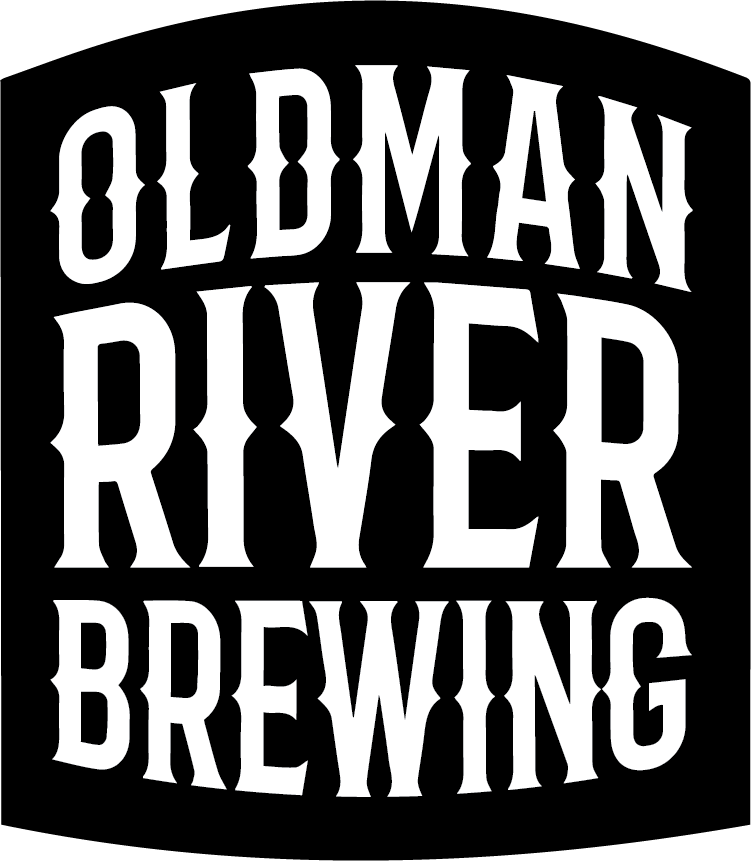What is a Hefeweizen?
Hefeweizen, also known as wheat beer, Weissbier or Weiβbier, is a German-style beer that is typically made with a high percentage of wheat and a distinct yeast strain. This beer style has a rich history, a unique taste, and is beloved by beer enthusiasts worldwide. In this blog post, we will explore the history of hefeweizen beer, the taste profile, and how we went about printing you a version to the tap room.
History of Hefeweizen Beer
Hefeweizen beer originated in Bavaria, Germany, during the 16th century. Back then, beer was brewed in monasteries and was a staple in the daily diet of the people. Brewing beer helped to make water safe so consumption of a weak beer throughout the day was common. Wheat was abundant in Bavaria, and beer brewers started to experiment with using wheat instead of barley in their brews. In the 1500’s a restriction on brewing ingredients in Germany was put into Law called the Reinheitsgebot which limited beer ingredients to Barley, Hops and Water for Lager beers but since Weissbier is a top fermented Ale it was able to skirt this law.
It was during this time that a new type of yeast strain was discovered that gave the beer a unique flavor and aroma. This yeast strain was later named "weissbier" yeast, which means "white beer" yeast. This new beer style quickly gained popularity in Bavaria, and it wasn't long before it spread to other parts of Germany. There was a history of prominent families and royalty using monopolies and decrees to exclusively brew and sell Weissbier in early Bavaria and Germany.
In the early 20th century, hefeweizen beer production and consumption suffered due to the increasing improvement in lager brewing. Lager is often seen as king in German brewing, however, in the 1960s, thanks to George Schneider and his heirs specializing in Weissbier, hefeweizen beer saw a resurgence in popularity (BeerandBrewing.com) and it has been a beloved beer style ever since.
What Does Hefeweizen Beer Taste Like?
Hefeweizen beer has a distinct taste profile that sets it apart from other beer styles. It is typically brewed with a high percentage of wheat, which gives it a slightly sweet taste and a soft mouthfeel. The yeast used in hefeweizen beer produces a range of flavors, including banana and clove, which are often described as spicy and fruity.
Hefeweizen beer is also known for its cloudy appearance, which is due to the suspended yeast in the beer. This suspended yeast adds to the beer's unique taste and mouthfeel, giving it a smooth, creamy texture.
How we brewed this Hefeweizen Pilot
Our primary goal was to test Weissenbier yeast so we always intended to create a volume of wort we could split and pitch with the various yeasts we wanted to test. This is a common use of the pilot system where we want to see how yeasts will react with our ingredients, water and processes.
Another goal was to try out keg conditioning by adding unfermented wort (gyle or speise) once the beer had finished its primary fermentation and was transferred into a fresh serving keg.
We wanted to ensure that the yeast got the best chance to perform to its best so we used processes that help the sugars and precursor molecules that allow weissbier yeast to express the fruit ester (banana) and phenol (clove) components it is known for. We aimed to highlight the banana esters most since that is less common in Hefeweizen beers brewed or drunk in North America but is true to the German style of the beer.
There are many technical aspects to consider in getting the beer to have the expressions and tastes you are wanting. We used Braumagazin.de article on brewing Bavarian weissbier as a foundation for our plans.
We did choose between balanced and Banana expression processes depending on what made sense to us on our system. We used a 50% wheat grist and added a small percentage of Origin Sweet Malt .
The main thing we modified was our mash procedure with a mash schedule of:
55°C protein rest: 5-10 min
63°C maltose rest: 30-45 min
72°C saccharification rest: 30 min
Our Brewmaster Adam was pleased to be using a “Classic German Schedule” as he is a German brewer in heart. I was more concerned with hitting the temps on our direct fired pilot system but St Arnold watched over us that brew day and all things went well.
We used Santium Hops in the boil aiming for a low bitterness at 10IBUs. Water was treated to bring out more Malt flavours than that of the hops.
We got a large increase in efficiency with the altered mash schedule and were able to get not only our 100L of wort but also about 15L to save for the Gyle carbonation trial.
We pitched a starter of Lallemand Munich Classic into one fermenting keg and a starter of SafAle WB-06 into the other.
Primary fermentation was temperature controlled in a fridge (that was jerry-rigged to fit both modified fermentation kegs) at 16C then temp was increased to 18c and then 20c. Our concern was getting too many Fusel and “hot alcohol” tastes if fermentation temp was not controlled to a lower temp.
The Munich Classic was more Banana expressive but also thinner in body whereas the WB-06 had a more deep, subdued banana taste, more clove and more body. We have decided to blend the kegs to get the best of both worlds from the tap.
Given that we are aiming for classic tastes and classic Bavarian style this will be a highly carbonated beer (3vols of CO2) so expect a thick lasting head and a bit of a wait while it is poured.
Written by: Leigh Aris (Pilot Brewer Extraordinaire)
